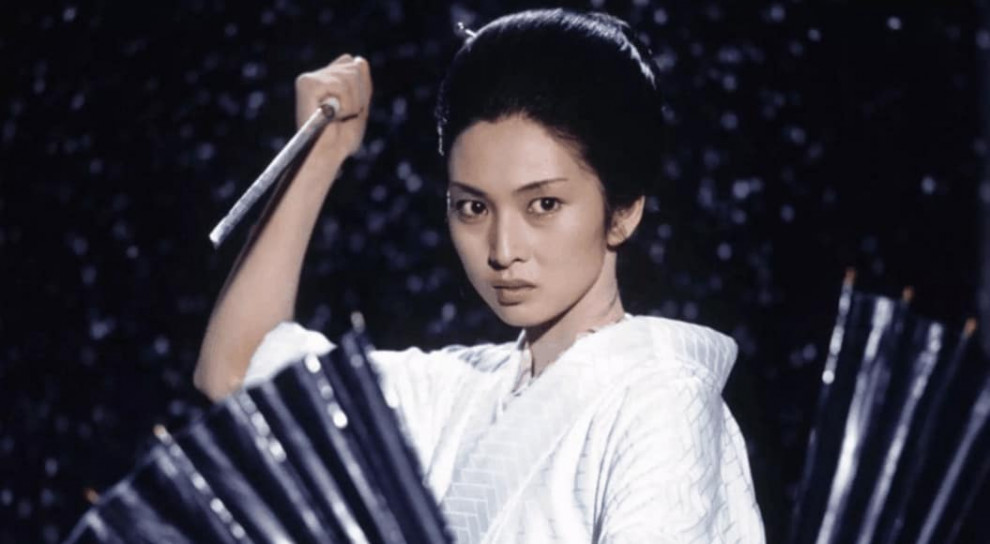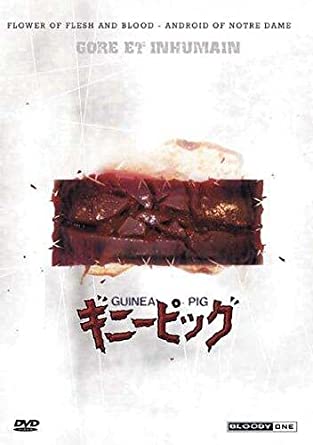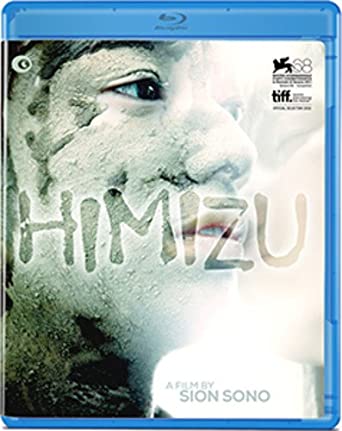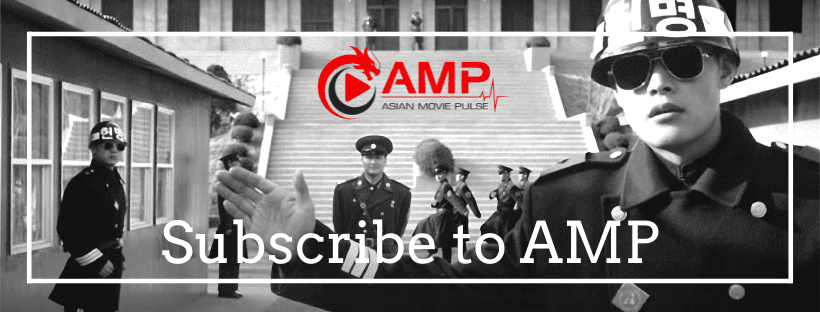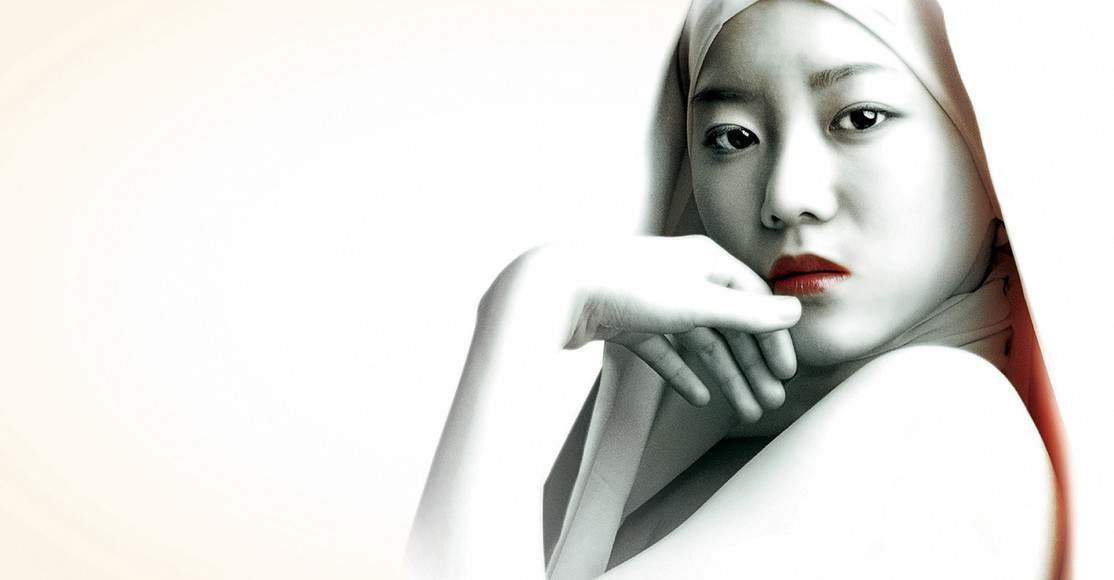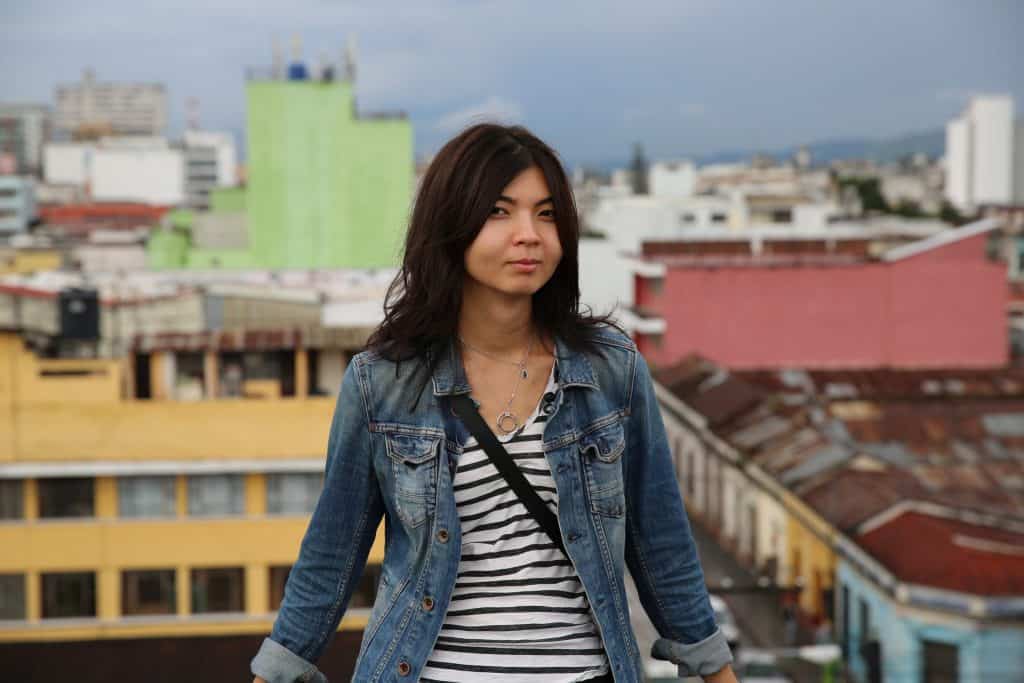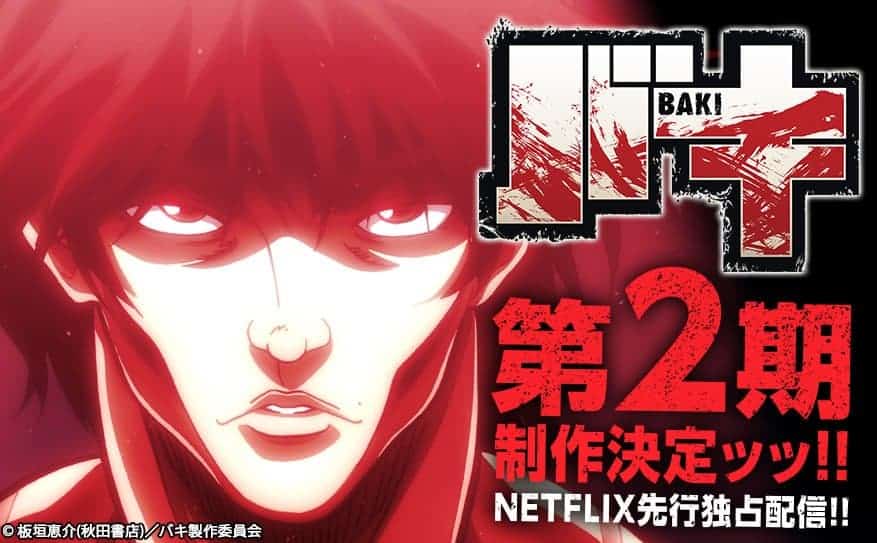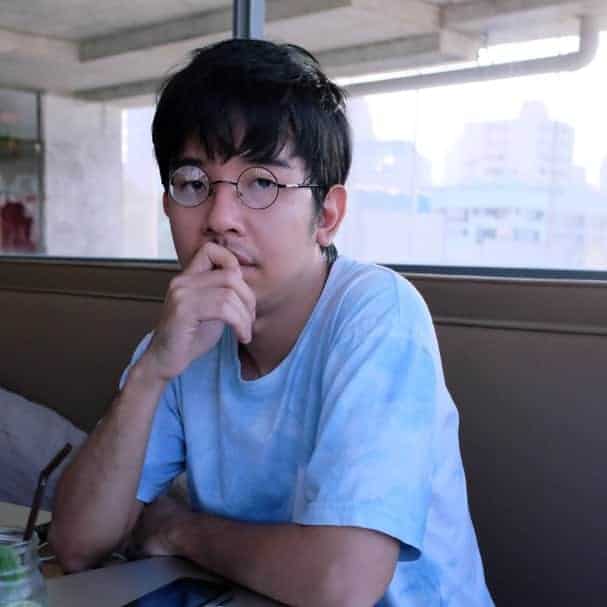Over the last several years, major Japanese studios have started to follow the tactics of their Hollywood equivalents by finally adapting their own comics, called manga, in the way they deserve.
This tendency is not exactly new, since films based on manga/anime have been shot since the 70s. However, it is the first time that so many expensive and subsequently elaborate productions are being made. This is chiefly attributed to two factors:
1.The people behind those films finally realized that they could not squeeze eight or more hours of anime in a single film, and thus decided to present the movie in two or three parts, retaining much of the original's story and themes.
2.They also realized since most of the titles are sci-fi themed, much of the budget should be allocated towards the special effects, in order for the adaptation to capture the images of the original. In addition to the large budgets that were eventually approved for those films, the creators managed to finally elaborately depict the originals.
With a focus on diversity, here are 50 titles that we believe are worth watching, in alphabetical order.
1. 20th Century Boys Trilogy (Yukihiko Tsutsumi, 2008-2009)
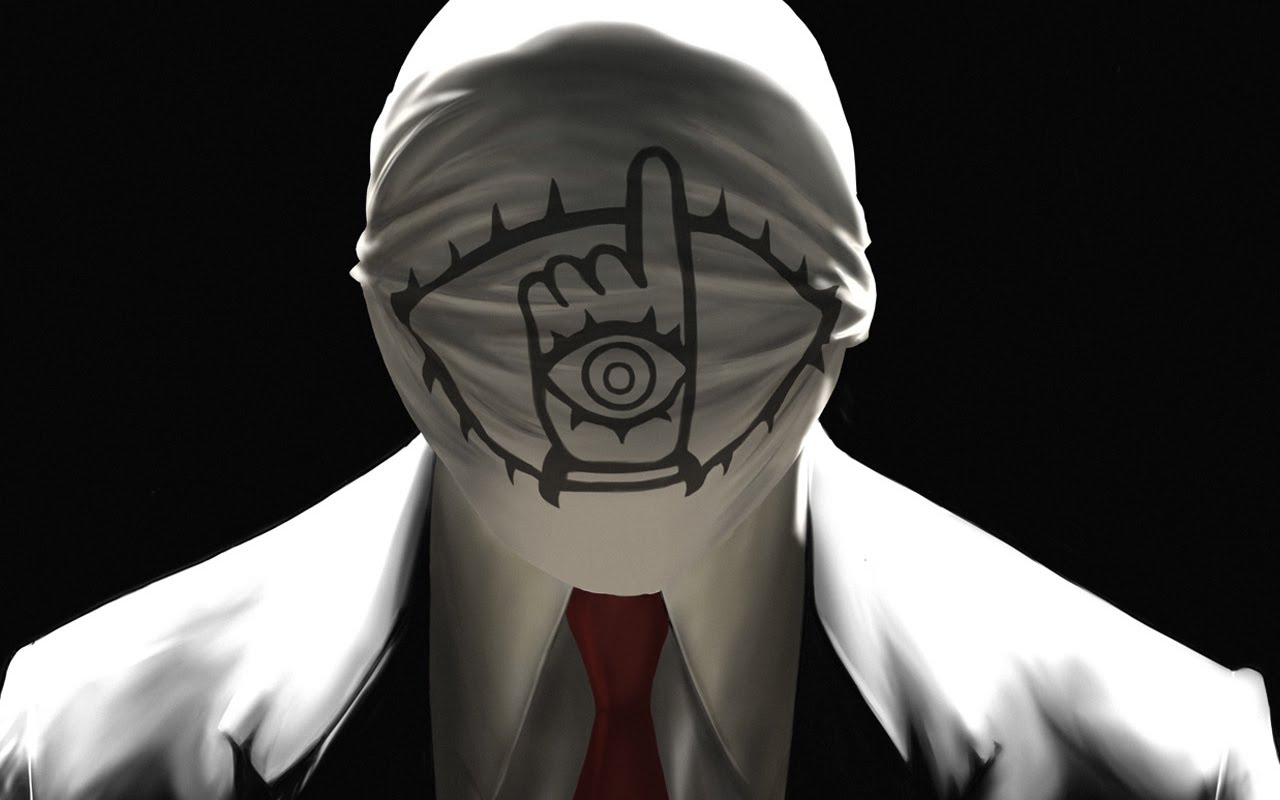
Based on the highly successful manga by Naoki Urasawa, and with a budget of more than 6 billion Yen and more than 300 actors involved, this trilogy is one of the earliest examples of the trend described in the prologue. Yukihiko Tsutsumi directs a true masterpiece that benefits the most from the script, the wonderful performances of the entire cast, and the great production values, including the set design and cinematography that make clear in every scene that this is a big budget film. Add to that the humor, action and mystery and you have a film that satisfies every preference. (Panos Kotzathanasis)
2. Ace Attorney (Takashi Miike, 2012)
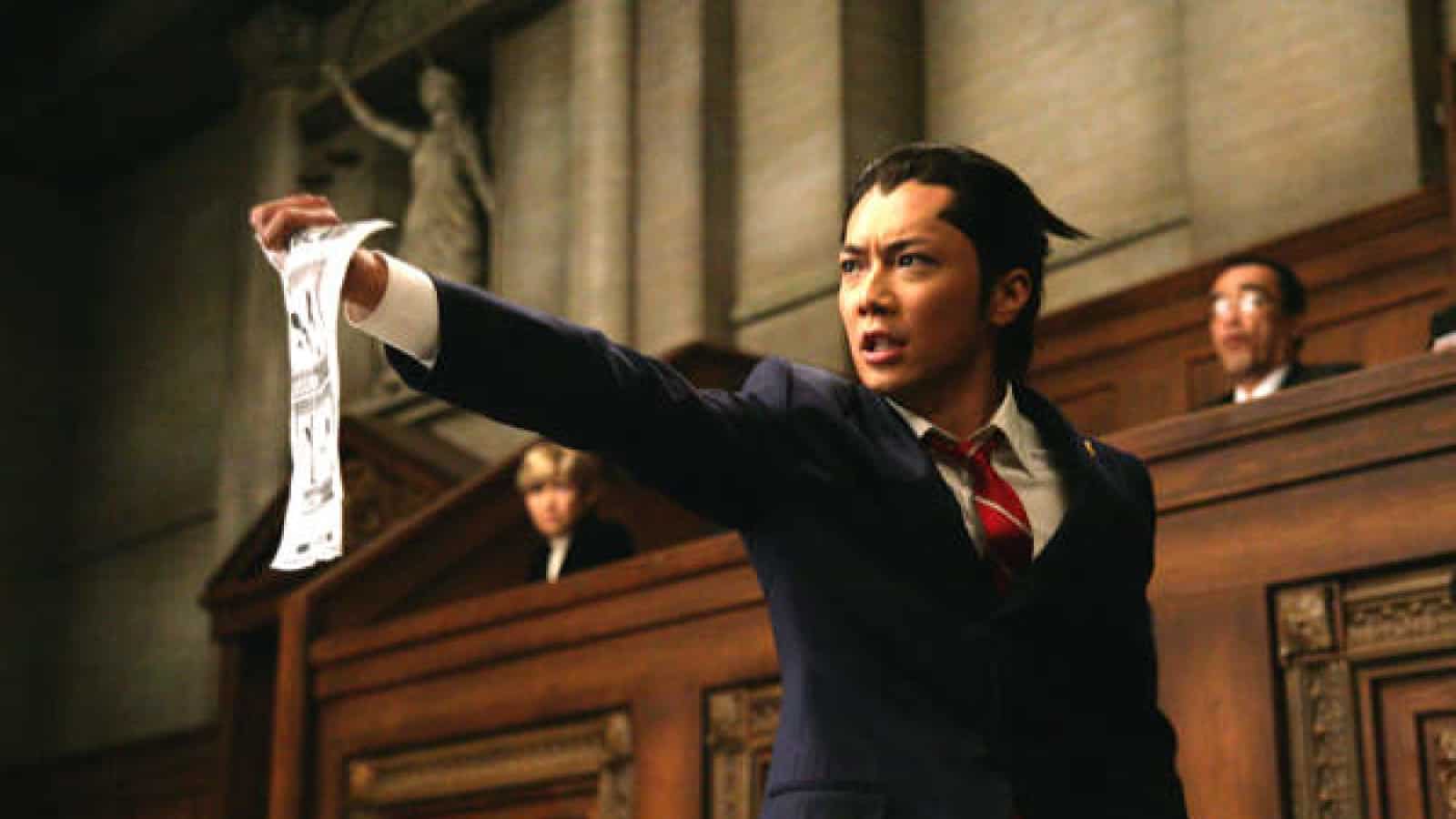
In the end, “Ace Attorney” is a very enjoyable courtroom drama and possibly, as many reviewers already said, one of the better video game-adaptations out there. Supported by great performances and visuals, this film provides great entertainment and drama as well as some of the most memorable courtroom arguments you have ever seen. (Rouven Linnarz)
Buy This Title
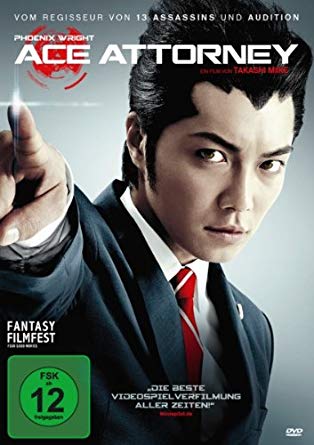
3. Air Doll (Hirokazu Koreeda, 2009)
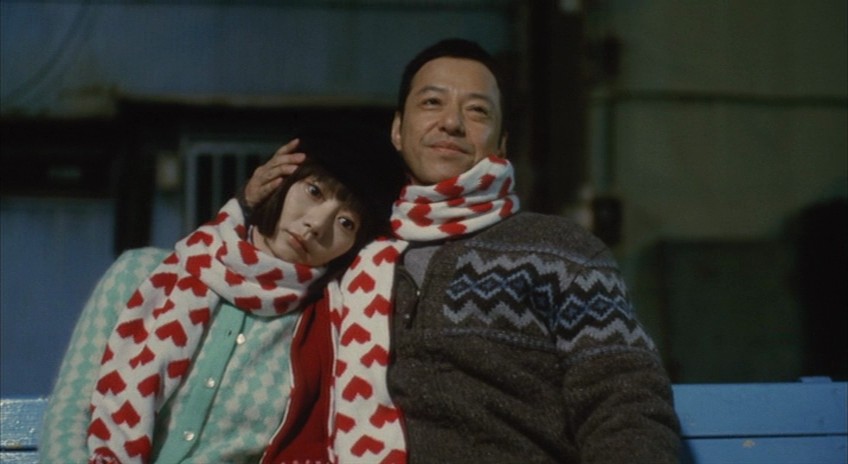
The film is based on the manga series “Kuuki Ningyo” by Yoshiie Goda. Hirokazu Koreeda directs a very dramatic film that focuses on loneliness through a highly surreal script. The film is a little longer than it should be, since he seems to linger at times. However, Korean actress Bae Doo-na gives a wonderful performance as Nozomi, conveying the unprecedented feelings of the air doll with elaborateness. (Panos Kotzathanasis)

4. As The Gods Will (Takashi Miike, 2015)
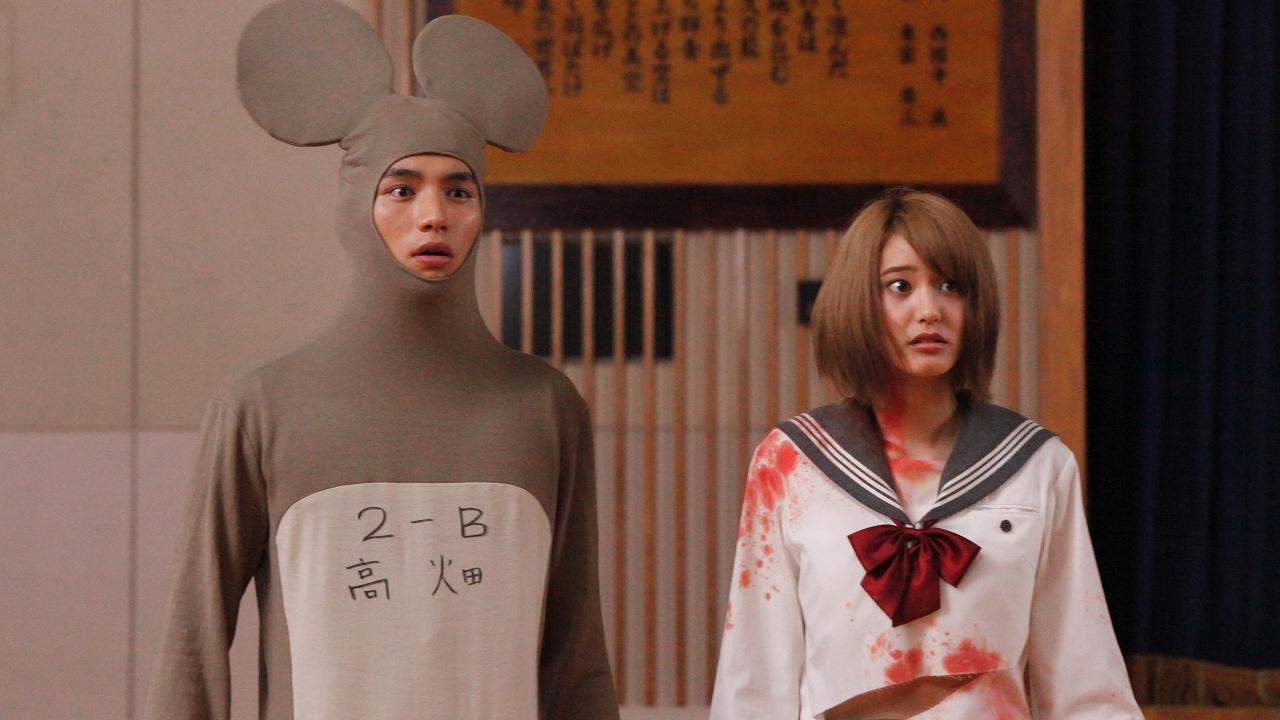
Takashi Miike directs a paranoid picture that plays out as a video game, with the protagonists having to overcome trials in order to progress to the next stage. However, the fact that those trials are presented by dolls that came to life (as the one with the Matrioska Dolls, in a hilarious concept), the permeating slapstick humor and the omnipresent bloodbaths, take the film in a whole other direction, similar to the usual Miike aesthetics. At points, it seems like the movie is trying to community a message regarding violence in society, but that is soon buried under violence and humor, in a film whose obvious purpose is simply to entertain all those cult followers of Miike and his style. (Panos Kotzathanasis)
Buy This Title
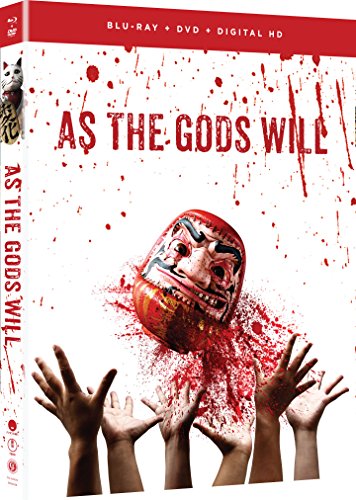
5. Assassination Classroom, Assassination Classroom: Graduation (Eiichiro Hasumi, 2015,2016)

Based on the homonymous manga by Yusei Matsui, the two films entail a truly preposterous concept in the most excellent fashion. Eiichiro Hasumi managed to incorporate all the absurd characters and notions of the original, drawing as much as he could from the magnificent special effects. In that fashion, the film includes the killer robot that also becomes a student, the extremely sultry female teacher, not to mention the notion of the creature being a great educator who actually gives advice to the students on how to kill it. (Panos Kotzathanasis)
6. Azumi (Ryuhei Kitamura, 2003)
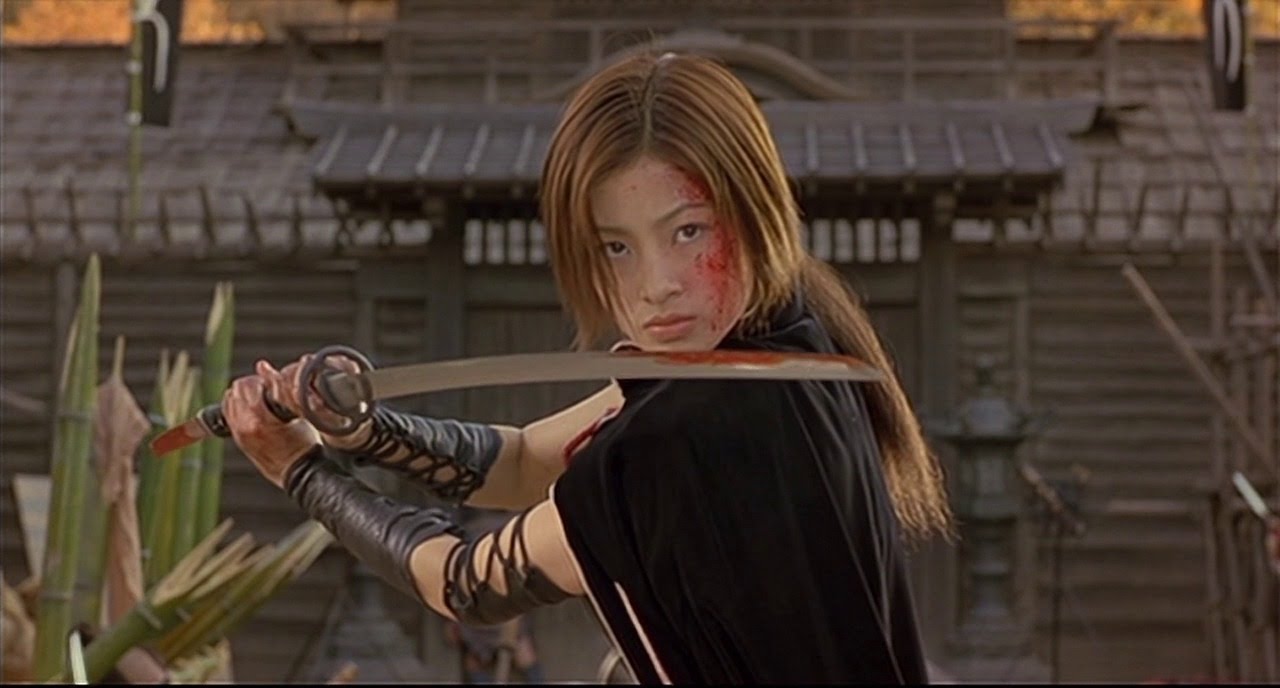
Based on the homonymous manga series by Yu Koyama, “Azumi” tells the story of a band of ninjas, trained from childhood by the old master Jiji, in order to assassinate Toyotomi Hideyoshi's three allies: Nagamasa Asano, Kiyomasa Kato and Masayuki Sanada. Despite having a relatively low budget, Ryuhei Kitamura managed to create a thrilling film filled with blood and violence that benefits the most from the impressive action scenes and the depiction of the supernatural characters. (Panos Kotzathanasis)
7. Bakuman (Hitoshi One, 2015)
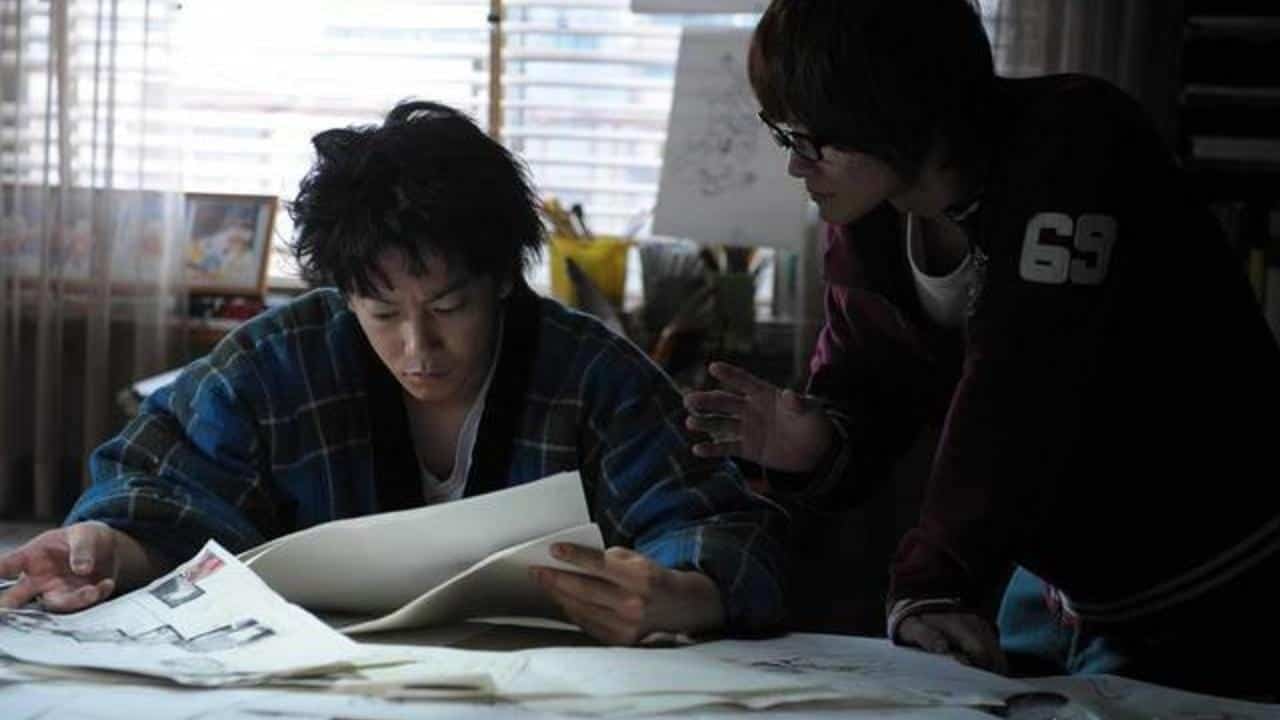
The film's dynamics and characters are the same that make Shonen stories compelling: high aspirations, friendship against adversities, success achieved through hard work and team spirit. The inevitable “meta-narrative” of a manga about two mangakas that create a manga (plus the fact that Bakuman's manga authors, are two, Takeshi Obata and Tsugumi Ohba) turns the movie into an intriguing matryoshka and Takeru Sato and Ryunosuke Kamiki are incredibly similar to their ink alter-egos. The addition of Lily Franky and some creative CGI effects complete the enjoyment and make “Bakuman” an adaptation with an extra gear and a fond tribute to a very peculiar aspect of Japanese popular culture, which, besides being one of the most important publishing sectors, has deep roots in the heart of a vast fan-base that goes beyond age and social status. (Adriana Rosati)
Buy This Title
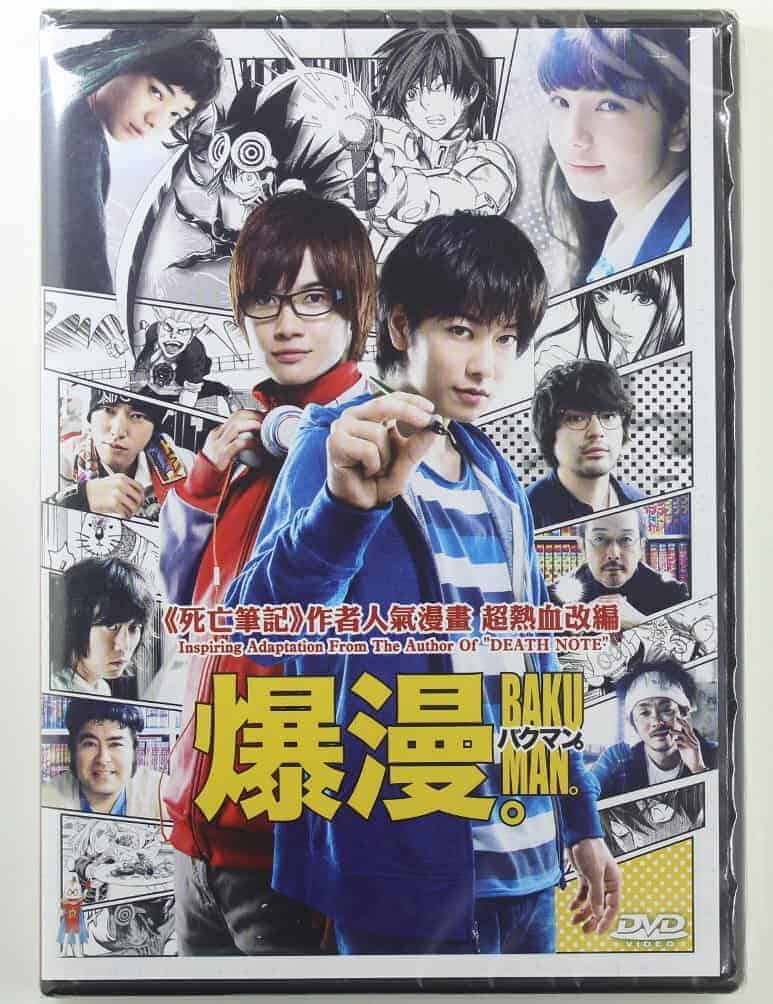
8. Blade of the Immortal (Takashi Miike, 2017)
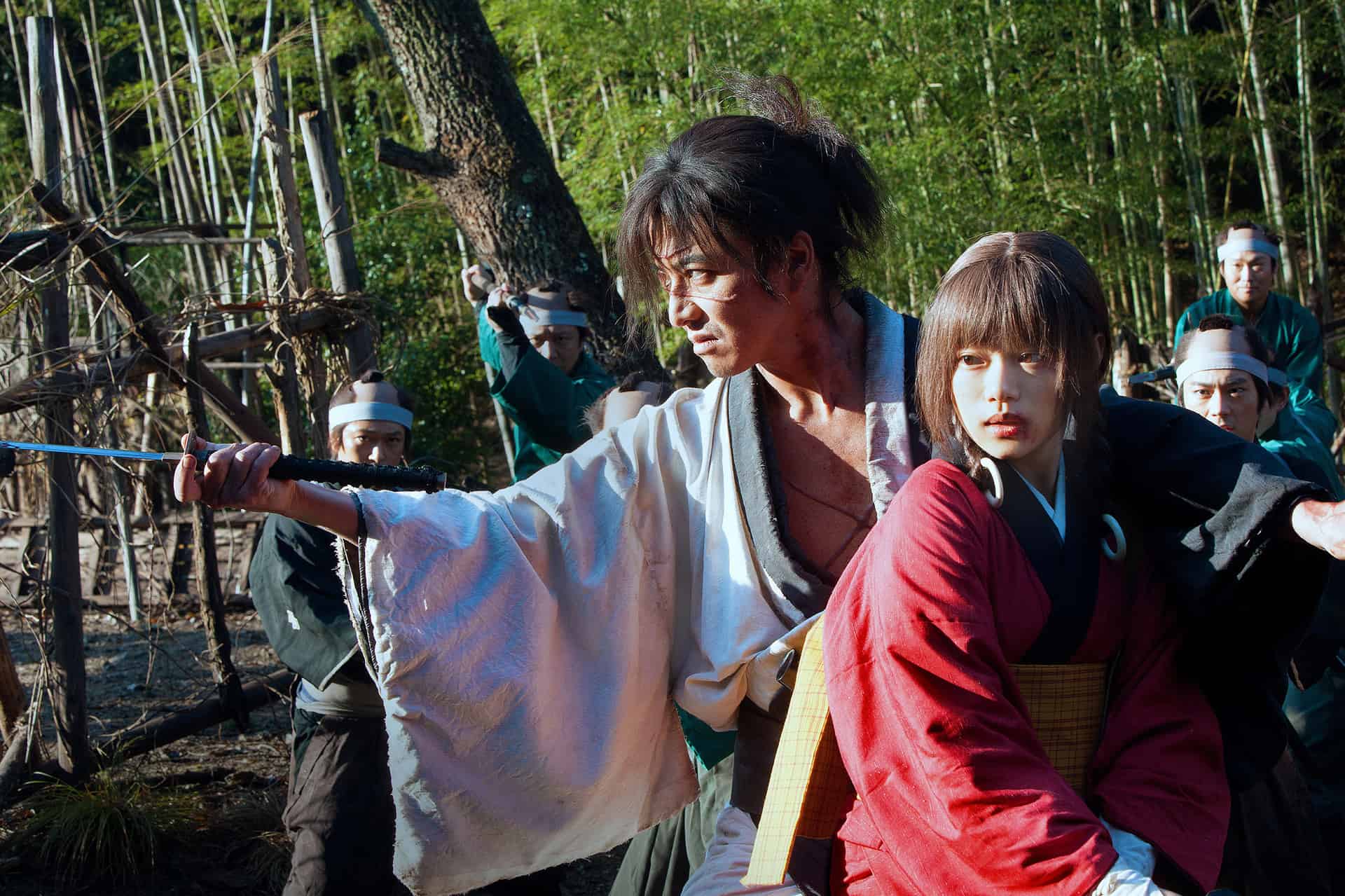
“Blade of the Immortal”, like “13 Assassins”, belongs to the collection of Miike's calmer and more well-mannered movies, far from the wacky surreal ones. At the same time, don't expect a traditional chanbara. The plot is spiced up and enriched by touches of supernatural and frequent comedy shots and the parade of challengers on our heroes' path is a gaudy bunch of punks, totally oblivious of any historical consistency. (Adriana Rosati)
Buy This Title

9. Bunny Drop (Sabu, 2011)

Sabu splendidly sketches his characters, chiefly Daikichi and Rin, that move on the borders of realism with their choices and general attitude, as is usual with manga adaptations, but within an utterly realistic frame. This frame is the everyday life in the highly capitalistic Japanese society, which is so harsh that actually forbids, in principle, simultaneous professional success and domestic happiness, especially in the large metropolis. The circumstances are even more difficult with single parenting. (Panos Kotzathanasis)
Buy This Title
10. Chihayafuru (Norihiro Koizumi, 2016)
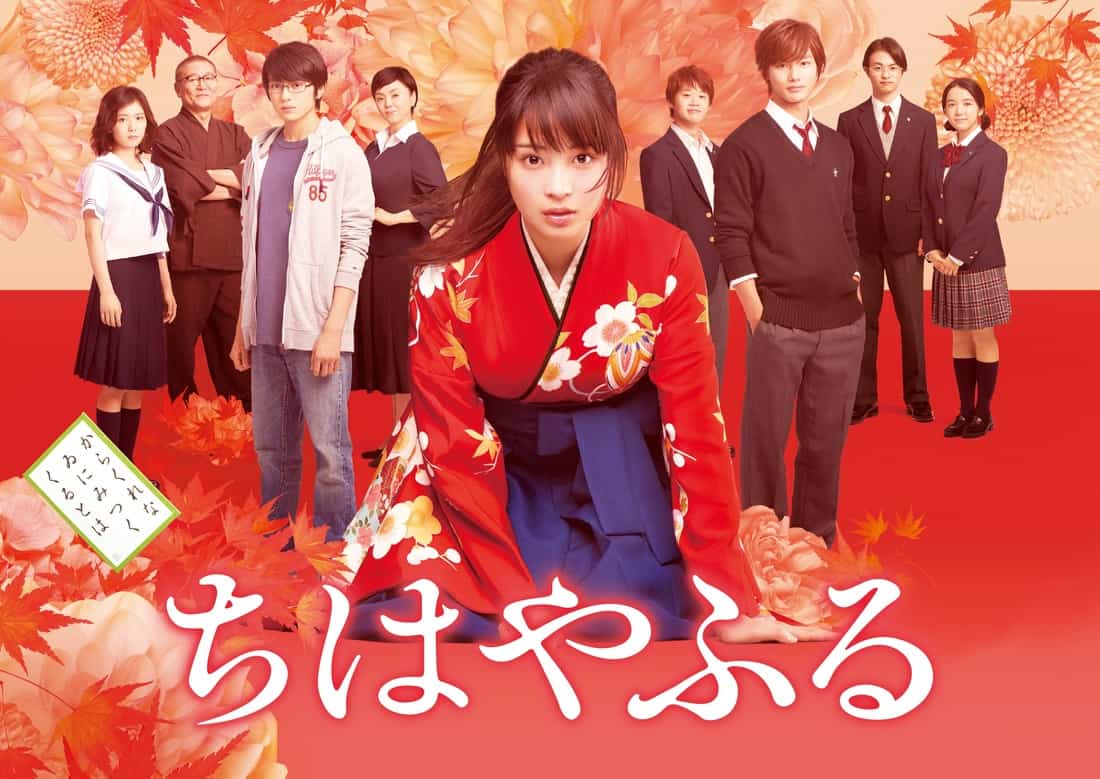
Norihiro Koizumi directs a film that would be another school romantic comedy, if not for the main theme of Karuta, which gives the title an additional depth, making it stand apart from the many entries in the category. In that fashion, the love -triangle stands somewhat in the background, as the game is actually the main theme. The characters are very interesting in their variety and their analysis is quite thorough. (Panos Kotzathanasis)
11. City Hunter (Wong Jing, 1993)
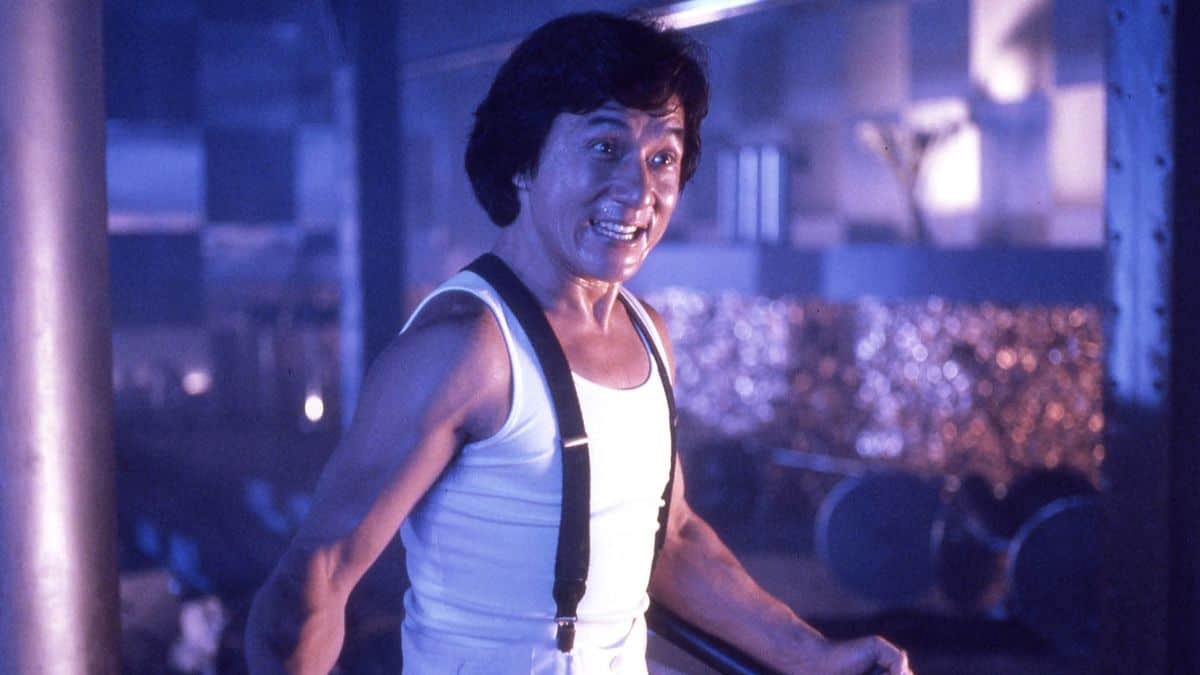
In an era where the anime/manga adaptations were much less in frequency and quality, the live-action edition of “City Hunter” was one of the most accomplished, particularly due to the combination of Wong Jing as director and Jackie Chan as protagonist, both of which could be characterized as the embodiments of the action comedy, that is the main genre of the franchise. (Panos Kotzathanasis)
Buy This Title
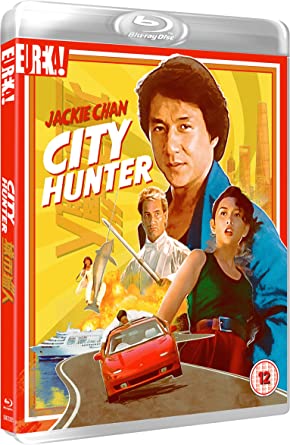
12. Crows Zero (Takashi Miike, 2007)
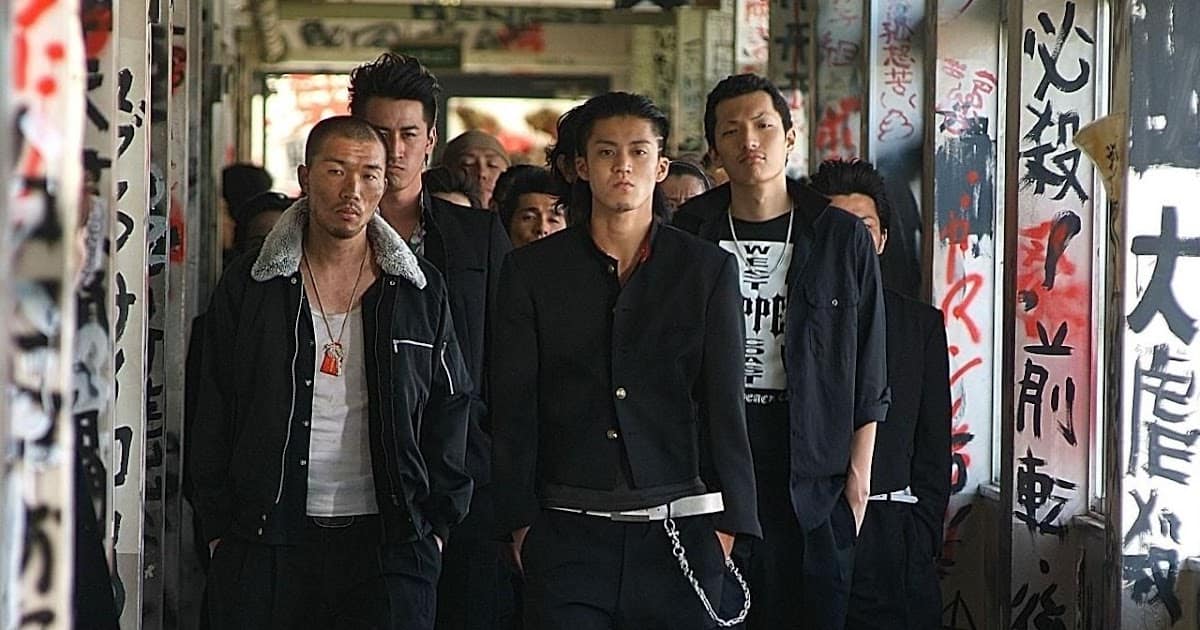
The feature includes what usually makes a good yakuza movie: alliances & loyalty, fight scenes & intense looks, humour; the influence from manga is also clear, with very graphic and sometimes over-the-top scenes. Besides the theme and action, Takashi Miike's print is also there with a lot of bleeding people. (Oriana Virone)
Buy This Title
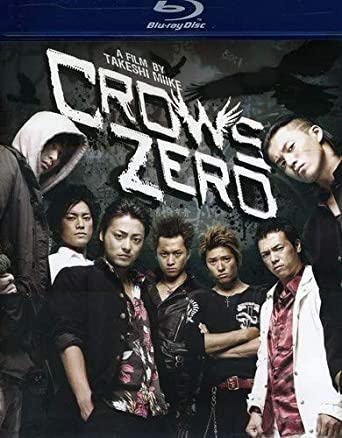
13. Cutie Honey (Hideaki Anno, 2004)
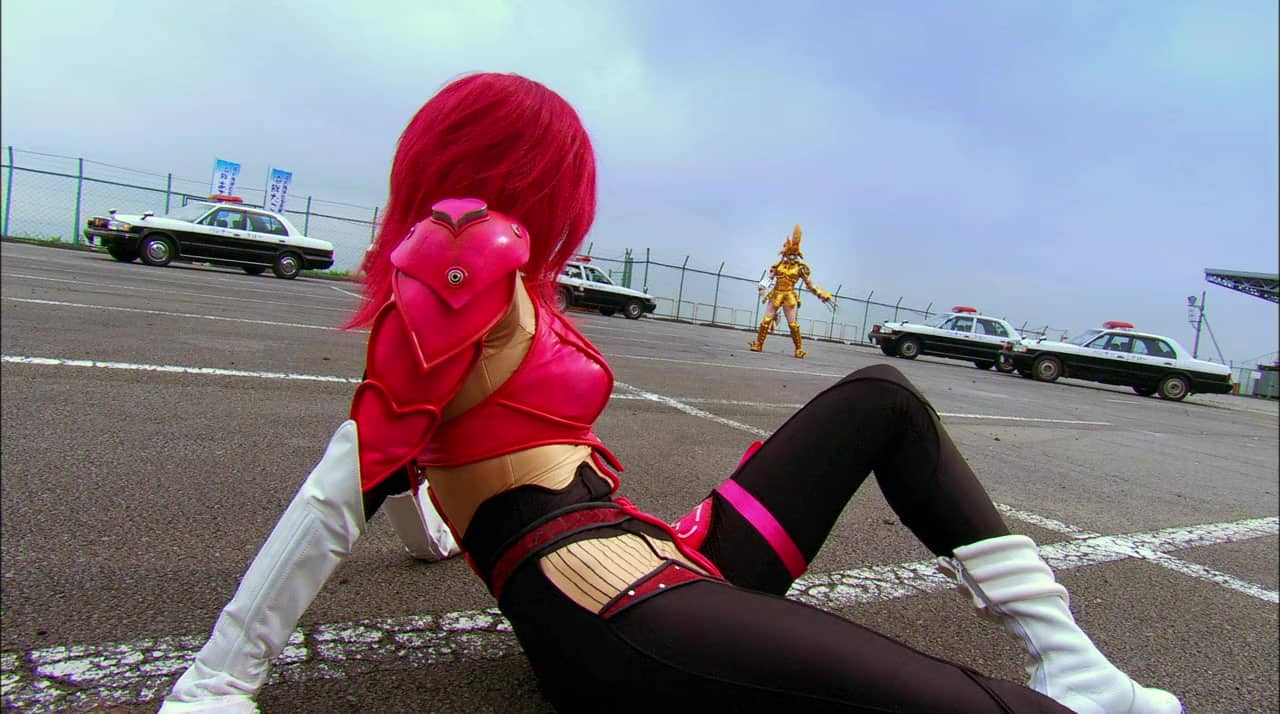
Based on the iconic 70's manga by Go Nagai, Hideaki Anno's movie was as much an adaptation as a vehicle for the Eriko Sato to shine in a series of rather sexy, in otaku-style costumes. The low budget of the movie did not allow the SFX to be particularly well done, but the slapstick humor and the permeating incoherence result in a rather enjoyable spectacle, even if in the so-bad-it-is-good style. (Panos Kotzathanasis)
14. Fly Me to the Saitama (Hideki Takeuchi, 2019)

“Fly Me To The Saitama” (Tonde Saitama) is based on an 80's Manga, written and illustrated by Mineo Maya and serialized in the shōjo manga magazine Hana to Yume in the early 80's, that plays on the universal and age-old rivalry between cool cities and uncool provinces, places that are often adjacent and yet miles away in terms of desirability. It is a slippery ground and the chances to precipitate in cheesy campanilism are lurking behind every corner. However, director Takeuchi Hideki has enthusiastically and fully embraced the camp cheesiness and the stereotypes and came out with a 107 minutes of pure wacky fun. (Adriana Rosati)
15. From Me to You (Naoto Kumazawa, 2010)
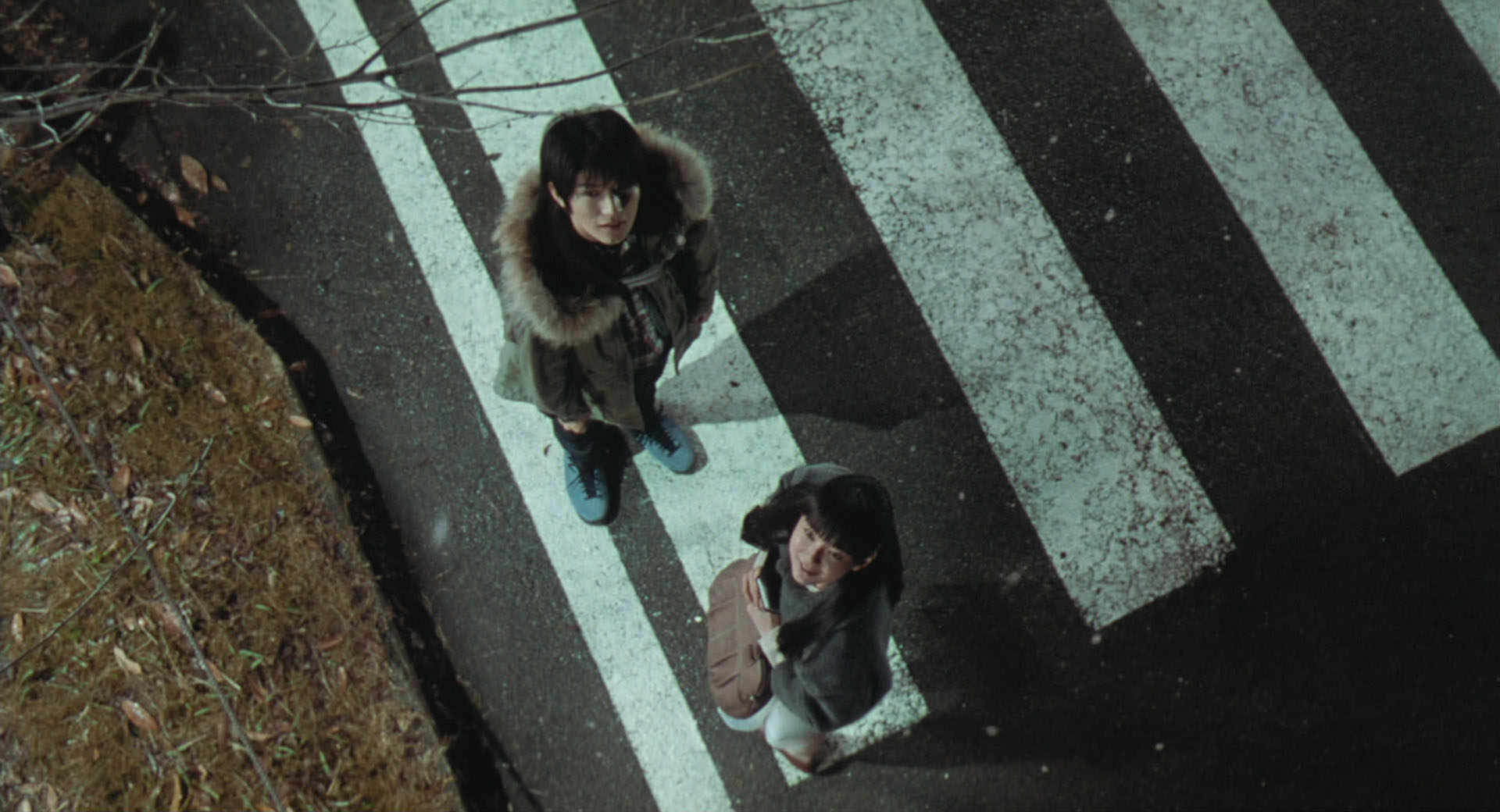
Based on the romantic manga “Kimi no Todoke”, “From Me to You” tells the story of the relationship between two very different classmates.Naoto Kumazawa directs a drama-charged tale of teenage romance that mainly targets the schoolgirl audience. The visuals of the film are magnificent, with elaborate cinematography that includes wonderful shots both in school and outside of it. (Panos Kotzathanasis)
16. Gantz (Shinsuke Sato, 2011)
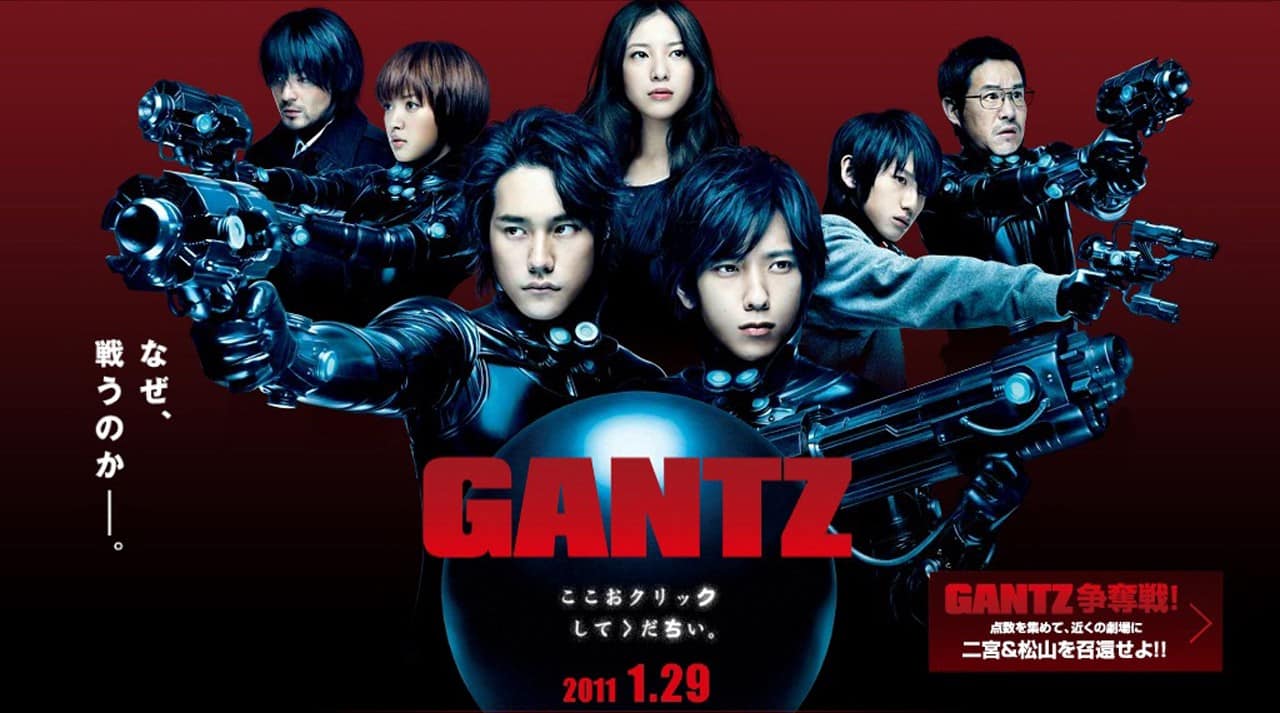
To get the comparison with the anime out of the way, I would say that Sato retained the surreal atmosphere of both the manga and the anime, although he almost completely excluded the sexual aspects and many of violent ones as well. Visually, the film stayed very close to the original, with the help of magnificent special effects and cinematography. Some fan service does exist, particularly in the way Sato focuses on the figures of Natsuna Watanabe, who plays Kei and Ayumi Ito, who plays Aikawa, with the extremely tight uniforms implemented by all the characters giving a nice excuse to do so. Furthermore, the film does not lack in gore, chiefly in the first part, with the action scenes being particularly violent. The second part, although somewhat more elaborate in this aspect, with the sword-fights being truly top-notch, seems to be a little more “tame” regarding the violence, as much as in all the PG-18 aspects. (Panos Kotzathanasis)
17. Guinea Pig 2: Flower of Flesh and Blood (Hideshi Hino, 1985)
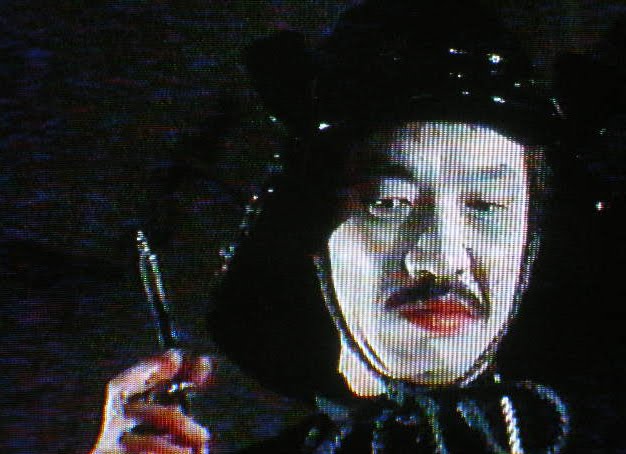
This is the second and most vicious part of a series of seven splatter video movies, whose violent scenes were realistic to the point that the producers were forced to prove to the authorities that none of the actors were literally traumatized or murdered.
Hideshi Hino directs a collage of beating, torture and other sadistic exercises, instead of an actual movie. The particular segment gained notoriety for two reasons. First, Charlie Sheen, after watching the film, believed it was a snuff film and delivered it to the FBI to investigate it. Second, upon the research in serial killer Tsutomu Miyazaki's house, the police discovered a videotape of the movie that resulted in the public's belief that he was inspired by it. However, it was later disclosed that it was, in fact, the sixth segment of the series. Unavoidably, the Japanese authorities banned “Flower of Flesh and Blood” and no one could find a copy until its re-release by a German company in 2002, while a full edition was released in the US in 2005. (Panos Kotzathanasis)
Buy This Title
on Amazon by clicking on the image below
18. Helter Skelter (Mika Ninagawa, 2012)

The director, Mika Ninagawa presents us with another visual object of virtu, six years after her last movie, Sakuran. Chiefly a photographer, Ninagawa gives great attention to the cinematography, costumes and the overall design of the movie, bathing it in vivid colors and extreme images. Helter Skelter though, is so much more than an optical extravaganza. (Panos Kotzathanasis)
19. HK: Forbidden Super Hero, HK2: The Abnormal Crisis (Yuichi Fukuda, 2013, 2016)
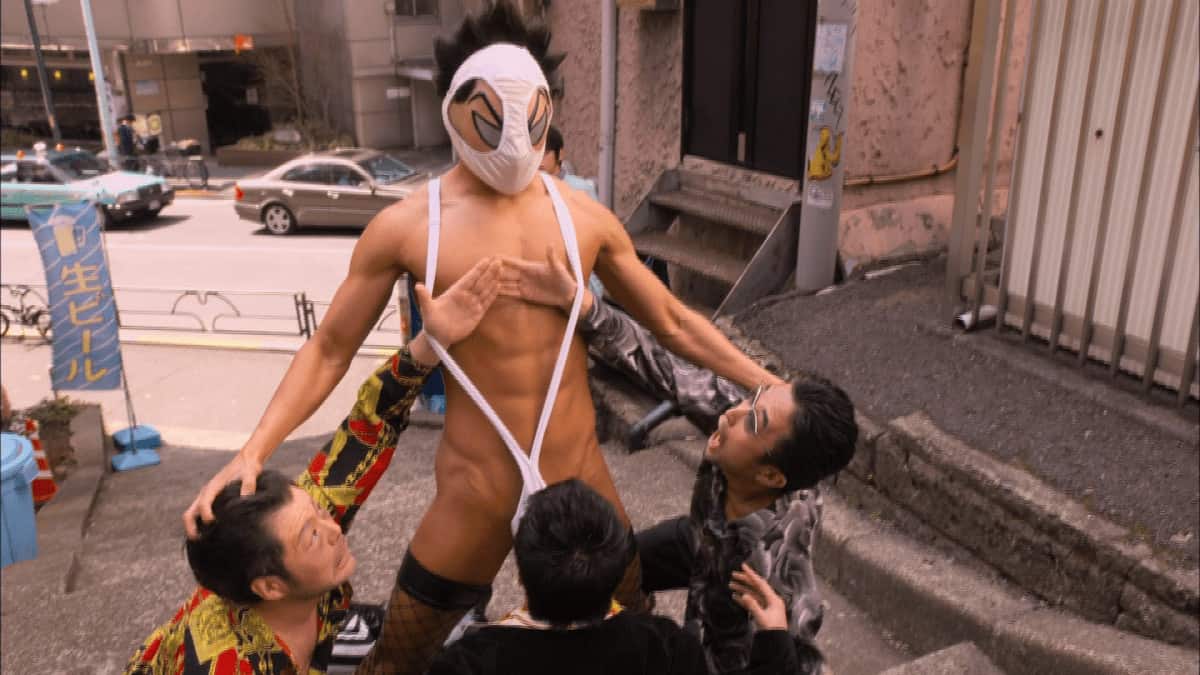
Even in an industry such as the Japanese, where perversion and absurdness can be found in abundance, “Hentai Kamen” (could be translated as Masked Pervert, although it mostly circulated as “Forbidden Super Hero”) holds a certain place. Why? Mostly because never before has a superhero used his perversion, and subsequently, women's underwear, as his weapon, although this is only one of the elements that make the protagonist, and thus the movie, unique. (Panos Kotzathanasis)
20. Himizu (Sion Sono, 2011)
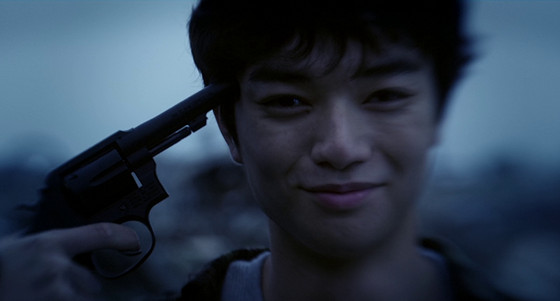
Sion Sono was deeply touched by the nuclear incident in Fukushima and thus decided to adapt the homonymous manga by Minoru Furuya, although he strayed quite a bit from the original. Sono places his protagonists in a dystopian, post-quake Japan, while using Yuichi to symbolize the perverse reality of his country in the modern age. This makes a very pointed remark about the previous generation; according to Yuichi, they are to blame for the current situation. The performances from protagonists Shota Sometani and Fumi Nikaido and the mortifying finale are the film's best assets. (Panos Kotzathanasis)


